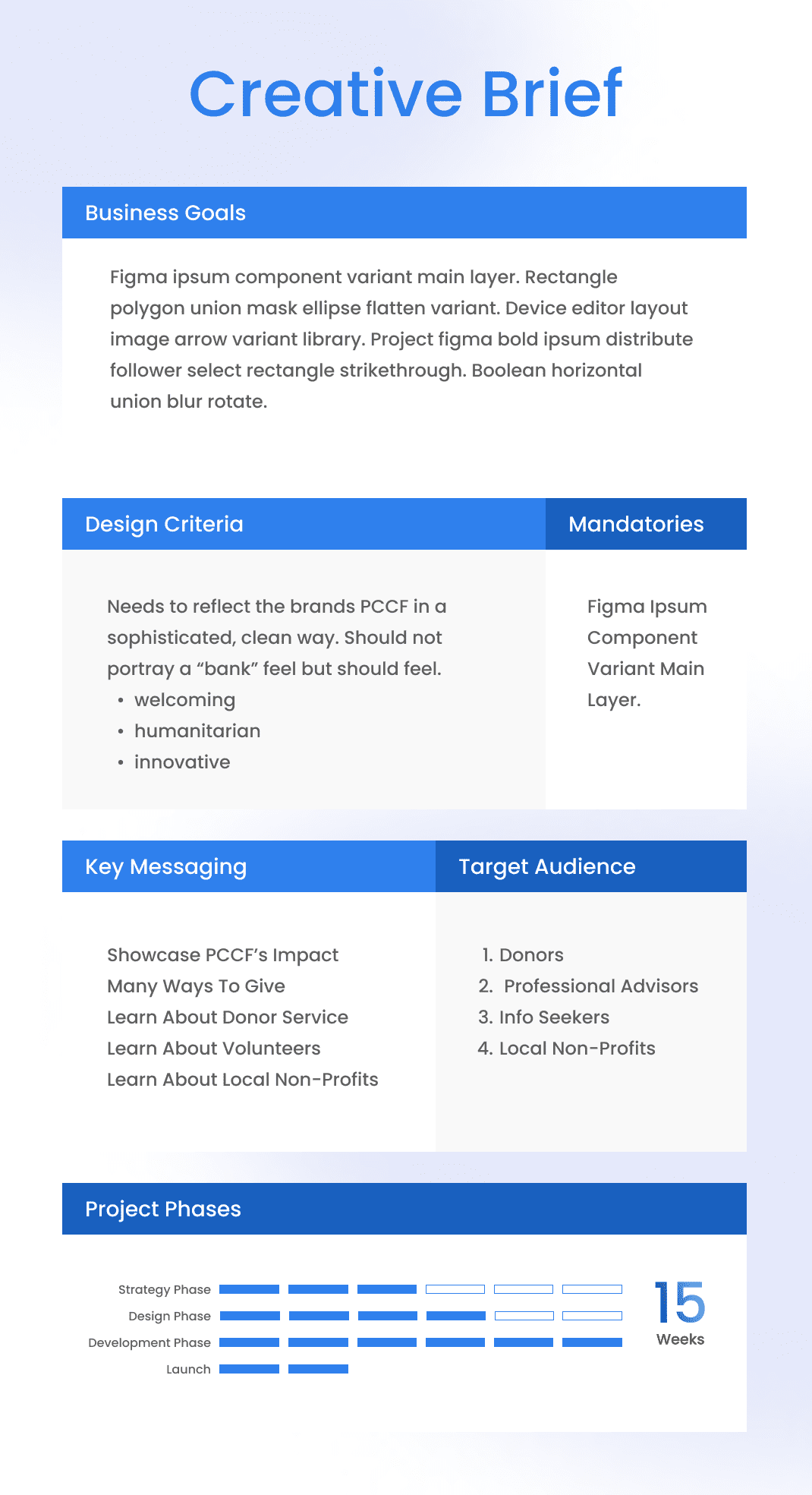Creating a website is an exciting endeavor, but it also requires thorough planning and execution. A crucial step in this process is documenting your web design requirements. A well-crafted web design requirements document template sets the stage for a successful website by defining the project’s scope, goals, and specific needs.
Without a clear and comprehensive requirements document, your web design project may encounter delays, miscommunications, and missed opportunities. By investing time in creating a detailed requirements document template, you can streamline the design process, ensure that all stakeholders are on the same page, and ultimately create a website that meets the expectations of both users and stakeholders.

Essential Elements of a Web Design Requirements Document Template
A comprehensive web design requirements document template typically includes the following essential elements:
- Project Overview: This section provides a high-level description of the website, its purpose, target audience, and overall goals.
- User Stories: User stories describe how different types of users will interact with the website and achieve their specific objectives.
- Functional Requirements: These outline the specific features and functionalities that the website must have, such as e-commerce capabilities, search functionality, or user registration.
- Non-Functional Requirements: This section addresses aspects such as website performance, security, accessibility, and user experience.
- Content Requirements: This section specifies the type and quantity of content that will be included on the website, including text, images, videos, and interactive elements.
- Design Requirements: These outline the overall look and feel of the website, including color schemes, typography, and graphic elements.
- Technical Requirements: This section specifies the technical specifications of the website, such as the programming languages, database, and hosting platform.
- Project Timeline and Budget: This section provides an overview of the project timeline and budget, including milestones and deliverables.
Importance of Using a Web Design Requirements Document Template
Utilizing a web design requirements document template offers numerous advantages:
- Clear Communication: A well-defined requirements document ensures that all parties involved in the web design project have a clear understanding of the project’s objectives and expectations.
- Reduced Risks: A comprehensive requirements document template minimizes risks by identifying potential challenges and addressing them proactively.
- Improved Collaboration: By involving stakeholders in the requirements gathering process, you foster collaboration and ensure that all perspectives are considered.
- Streamlined Development: A detailed requirements document template serves as a blueprint for the web design team, enabling them to proceed with confidence and efficiency.
- Enhanced User Satisfaction: By defining user needs and expectations upfront, you increase the likelihood of creating a website that meets and exceeds user expectations.
Conclusion
Investing time and effort into creating a comprehensive web design requirements document template is vital for the success of your website project. By following a structured approach and incorporating essential elements, you can effectively communicate your vision, reduce risks, foster collaboration, streamline development, and ultimately create a user-centric website that aligns perfectly with your business goals.
Remember, a well-documented web design requirements document template forms the foundation for a successful website that meets the needs of both users and stakeholders. By using a web design requirements document template, you can set the stage for a seamless and effective web design process.
